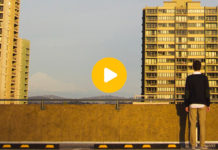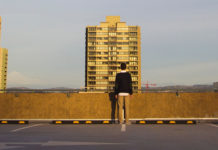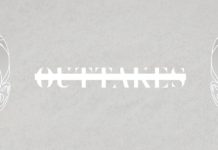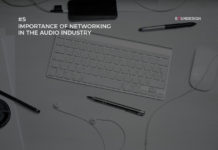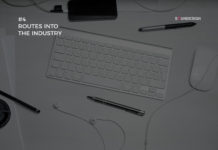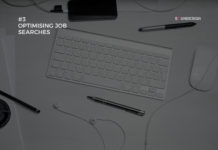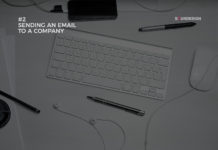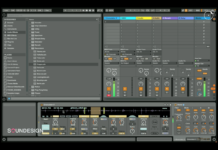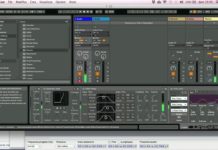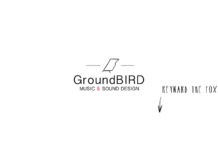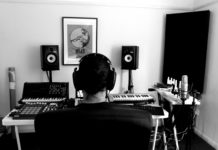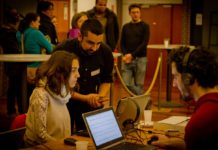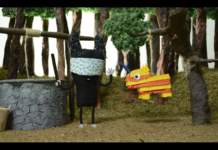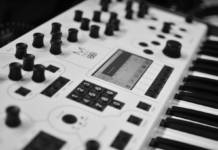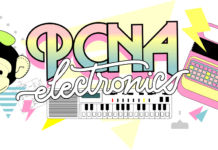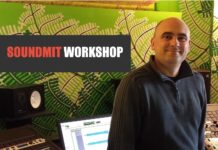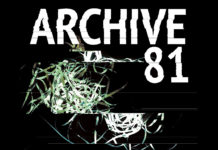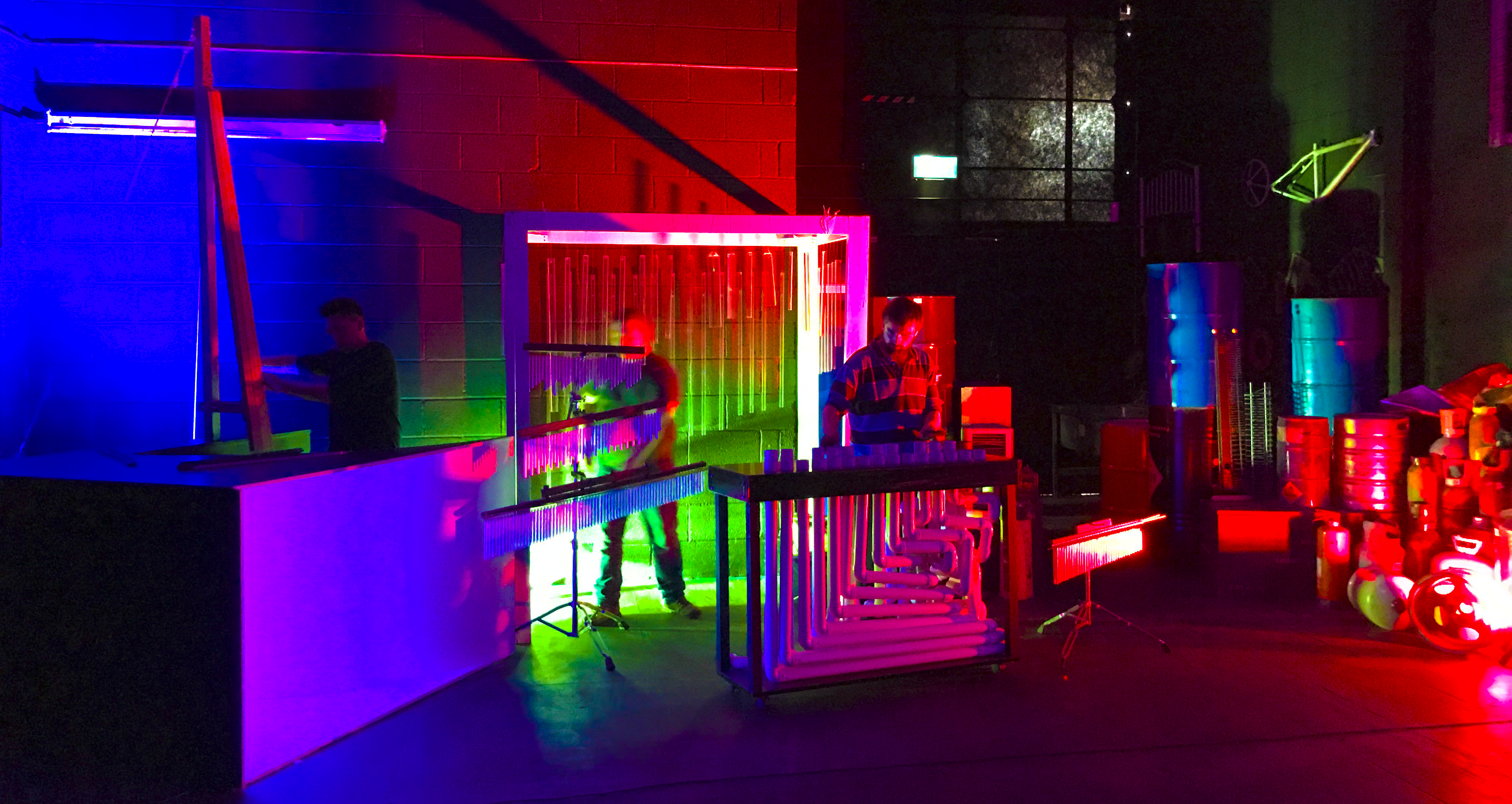Andrew Diey, founder and creative director at Radium Audio tells us some pretty exciting stuff about workflow, reveals some techniques and share with us the evolution of his extremely creative sound studio.Â
From the early days of music-making, to the most recent successes, Radium Audio has become nowadays involved mainly with audio production for visual media, although that’s not just it.
Reading this interview is a chance for anyone interested in sound for media to read how pros made it and know craft their stuff; working on this interview made us all truly feel creativity and inspiration flowing. So, enjoy:
1. Tell us briefly how it all started. What’s the story of Radium Audio?
Andrew Diey: I started out as an artist touring and releasing records under the name Black Faction on the Soleil Moon label. A director at ITV got hold of one of my records, and got in touch to ask if I’d be interested in creating a soundtrack for one of his productions “Secrets of the Dark Ages”. It ended up being BAFTA nominated, which was a nice validation for my first media project, but the truth is I really connected with creating music and soundscapes to picture, and I ended up staying in my tiny basement studio doing more and more of that, because I just loved it.
That’s when I finally understood that I’m really a studio head, the applause and attention of being onstage didn’t attract me, I just wanted to create. Eventually, after a short stint as an inhouse sound designer at the BBC, I started Radium Audio as a natural evolution, to make an environment for the creation of music and sound worlds, because I wanted to explore and push that creative space as far as I could.
2. Why do you personally think sound is vital to enhance a visual product?
AD: Whether sound is vital depends on the purpose of the visual product. If you’re looking to create an immersive storytelling experience for an audience, sound is an essential part of the stimulus a creative team uses to do that, just as are the visuals. These immersive experiences can range from watching a film, advert, or TV show, to getting into your car, entering a room, or putting on your headphones.Â
To fully engage your audience, you have to engage the physical senses they will use in experiencing your story
Throughout the 20th century age of media, visuals and sound have been used to tell stories, sound has been an integral part of that process since the 1920’s when the first “talkies”, came to the cinema and movies were no longer silent.Â
We’re entering a 21st century era of virtual reality now, where in addition to vision and hearing, sense of smell, touch and kinetic movement will also be engaged in storytelling for an audience. To leave sound out of the experience, is akin to cutting off the ears of the audience and still expecting them to have the same depth of experience. It simply wouldn’t work.
Sound and music is the secret weapon of storytelling. The visuals show the audience what is happening. The sound and music helps them feel and experience the emotion of what is happening, and they live the story from the inside, not just watch from the outside.
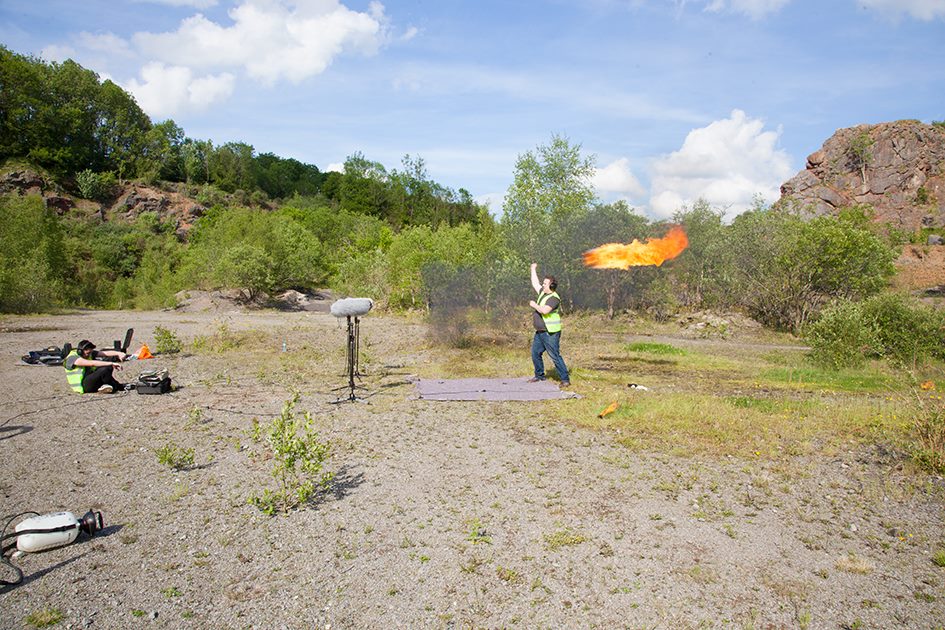
For example, an audience might not understand why they got so frightened by a horror movie at the cinema. Although the film may be fantastically acted, lit, directed, shot and edited, it’s very likely that the music and sound design is mostly responsible for that emotional response. Try watching a really scary scene with the sound turned off. Even though you can still see everything that is happening, are you still as tense and wound up, as you were with the sound on high volume? In most cases, the answer will be no.
3. We know you always aim to craft and create your own audio material in the Radiumphonic Lab. How much do you rely on on-line libraries during your creative process? Do you think that using them prevent a project to have its specific personality, or in the end, if it sounds good, it sounds good and no-one will care?
AD: In sound design, except in extremely rare circumstance, we don’t use purchased libraries. We have a full time sound recording team who are tasked with continually capturing sound and adding to our internal library for our creative team to draw upon, and we prefer to work with our own self made internal libraries, because we’ve had total control over the technical and creative quality, and everything is very bespoke to the way we work, and for our clients.Â
We’ve spent years building our own library as part of that total creation and exploration of sound worlds Radium was set up to do
It’s a more expensive and operationally challenging way to work in comparison to simply buying off the shelf sample libraries, which is why many sound creatives, teams and companies understandably don’t take our approach. But Radium has always been about creativity first and foremost. So this is what we do.
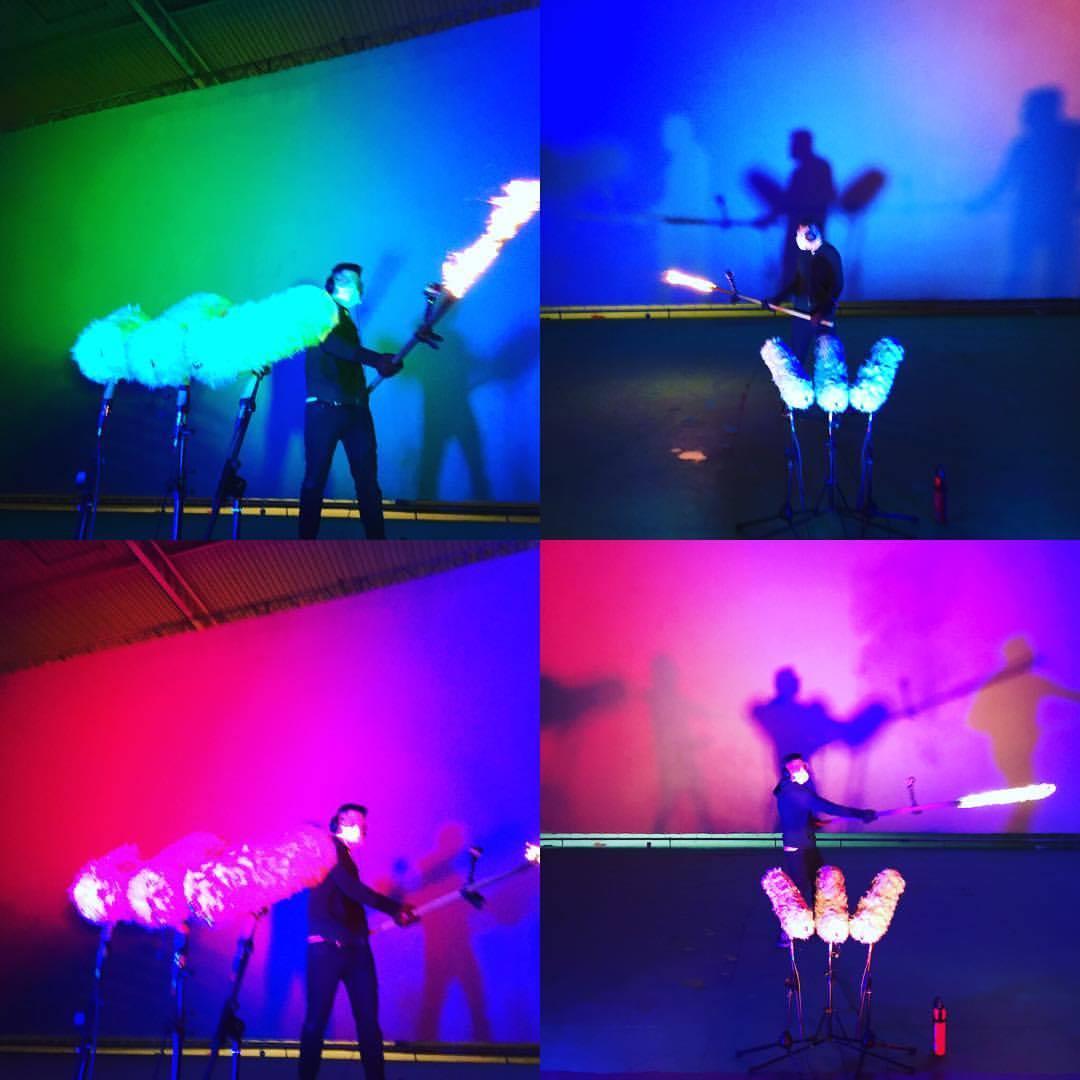
Purchased libraries and samples can be a good solution where budgets and deadlines are very tight, or it’s not necessary to have a unique sound, or to be totally immersive with the audience experience.Â
However, with a huge media production industry all using the same pool of available libraries for purchase, many productions across the industry by different teams and creatives will have the same sound flavour because there has been widespread usage of the same sound sources and material. Does anyone care if sample libraries or our own originated sound is used on projects ? Experience over time tells us the answer is a definite yes, it does make a difference both for our clients, and for their audiences.  Â
Clients who work with Radium know up front they’re automatically getting a different sound, because we don’t use those same industry libraries, we create everything ourselves. Our clients also have confidence that we really understand creative sound, because we’ve been obsessively exploring it from the ground up for years, and we’ve been able to translate that exploration into some highly successful commercial, artistic, and experimental projects.Â
Audiences know instinctively the difference between sound that works, and sound that doesn’t
If the sound and music works really well, the audience either won’t notice it, or they’ll comment that it was interesting, or that they liked it. If sound and music doesn’t work in the right way, the audience knows immediately that something is wrong. Maybe they don’t understand exactly what is wrong, but the badly imagined and crafted soundtrack will have a negative impact on their entire experience and impression of the story being told.
Our client partners will often work with other sound companies, but come to Radium for specific projects needing a unique sound which isn’t the same as everywhere else, or a highly immersive sound and music experience in their projects. This could be for a physical product, niche brand advertising, aspirational tv or film director with a highly creative idea, or even a Hollywood film trailer, which we’ve been doing quite a lot recently.
4. What about the studio itself? Can you give us few more technical info about the Radiumphonic Lab?
AD: Our technical setup changes all the time, depending on what we’re working on, or exploring, at any given moment. We have the usual studio kit you’d expect, and we’re always building instruments and sound-making devices, and trying out new software and hardware, sometimes even creating our own tools in-house if we can’t find anything externally to do what we want. Our music studio and sound lab takes up 3,600 sq ft right now, and we’re about to expand our footprint further. We’re always evolving and growing.
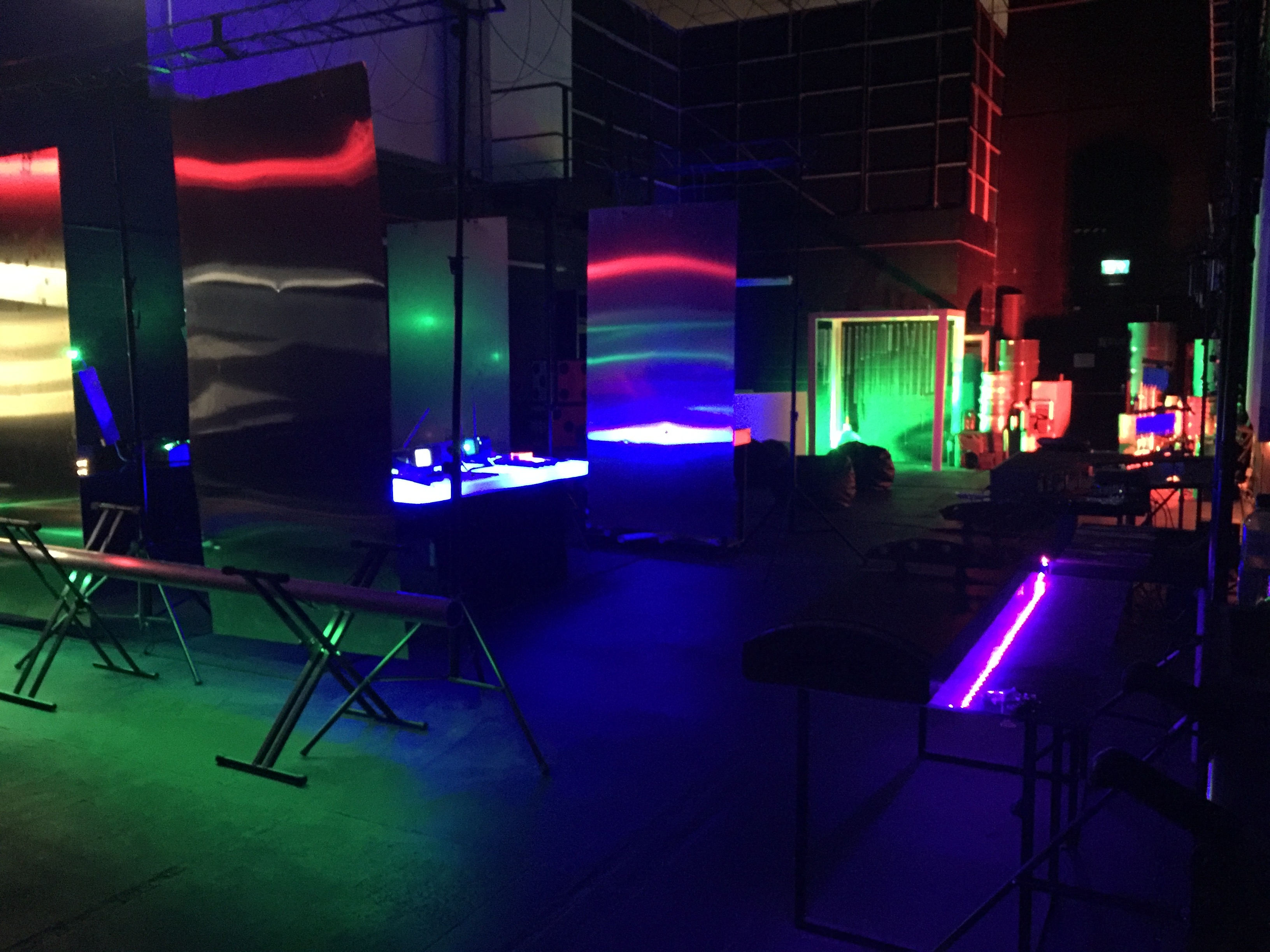
5. Your creative process range from the most experimental sound art installations to media- related products. How does your team deal with such a wide production range?
AD: Everyone on the team has a few key strengths, but also an openminded attitude and a strong ability to learn new things quickly. We also have a wide range of age, background and experience on the inhouse team, and a strong core of freelance associates who can join us on projects as needed. Sometimes a project requires us to learn something new, or to invent something that we can’t buy off the shelf to get the job done. We like the stimulation of new creative and technical challenges, that’s pretty much required from anyone who wants to join the team.
6. Your approach towards young aspiring sound designers and composer is stunning, we think your paths for graduates are helpful and unique to get closer to your studio. More in general, what would you suggest to anyone aiming to make it in the sound industry? How should they start building up a network, a portfolio and how should they present it to the world?
AD: I’m asked this a lot, and I think often people are hoping there’s a magic piece of advice which is a shortcut to instant success in the industry. I can only speak from my own experience, and from what I’ve seen, that shortcut doesn’t exist.Â
It’s taken 10 years of constant hard work and focus to build the Radium team and soundlab to where we are today, that didn’t happen overnight
Really focus on your own creative and technical development. Don’t try to fake it, get stuck in and do the work to develop yourself. You’ll have to train like an athlete and always be self improving to be really great at what you do, to hold your own with some of the serious talent out there. Sound and music is a very competitive industry. If it’s what you genuinely love then definitely pursue it, but don’t see it as an easy lifestyle choice if you want to be successful.Â
In the beginning of your career, work with young directors at the same stage of their career as you are, take on their student films, treat it as an opportunity to learn and grow, and to make contacts. Some of those beginner directors you work with early on will become successful directors later, and if you’ve established a great rapport and really developed your own creative contribution, you may have a lifelong creative and professional collaborator.Â
Don’t be afraid to take on unpaid work. I did this a lot myself in the early days. Everything you do is an opportunity to learn and grow your creative and technical skills. Some internships, project opportunities and creative collaborations will be incredibly valuable opportunities to learn and make connections, so when you’re starting out, don’t get fixated on how much you’ll be paid on those. Work a second job to pay the bills in the early days if you have to, and focus first and foremost on learning and getting better at what you do.Â
Build your relationships carefully, always treat people as you would want to be treated, and take a long term view when disagreements happen. It’s more important to have a successfully completed project and happy collaborators, than it is to win the argument, and to be right. You can have complete freedom of creative choice when you work on your own, solo, self directed projects, which is why you should always be doing these, even when you have commercial projects on your schedule.Â
When you’re working with a project partner or team, often you have to find ways to make great creative even whilst compromising on your own vision and ideas. So be open to that, and don’t fight it. It’s all part of honing your skills.
If you stay focused, genuinely become really great at what you do, and work on your relationship building as you go, it’s very likely you’ll eventually at least be able to make a living from this
And possibly even go on further to become highly successful.
7. Let’s talk about future: do you personally see, in 5 years time, everyone mixing and arranging with holograms and virtual reality devices only? Or do you think some aspects of audio production will remain confined to the real world?
AD: We love to mix new technologies with traditional soundmaking methods. Mixing and arranging DAWs will undoubtedly evolve over time, and it’s entirely likely that we could soon be using holographic interfaces in the way we use ipad controllers or a keyboard and mouse now. One day, maybe interfaces could be thought controlled, without any physical action needed at all. Sound has to come from somewhere though. Real world sound has different qualities to electronically generated sound. So I think there will always be a place for organic sound in the mix.
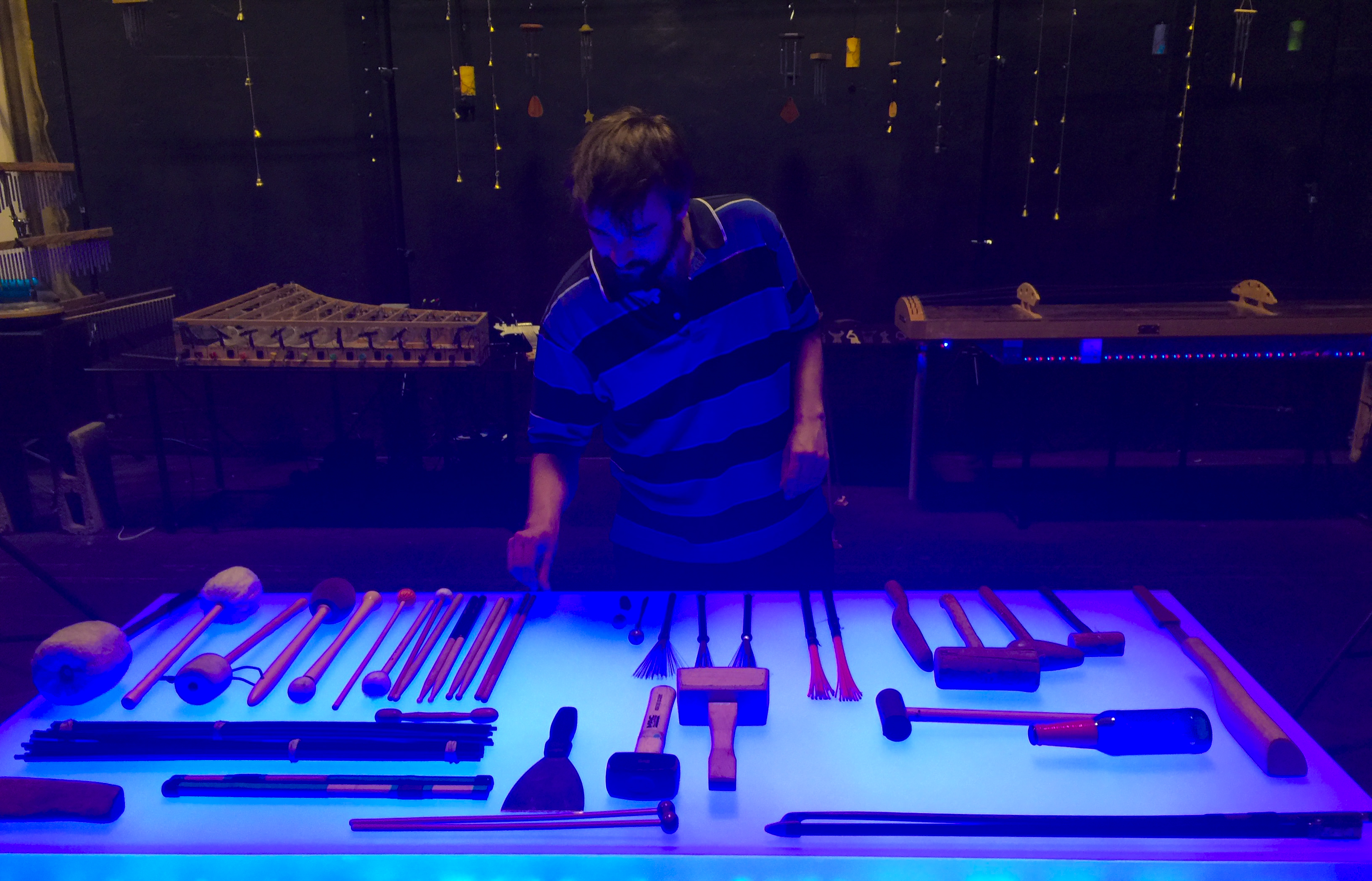
8. We know you have a lot going on, any anticipations about upcoming projects you can tell us about?
AD:Â Right now we’re working on a couple of theatrical trailers and a technology brand film with some of the most impressive visuals we’ve seen in a while. Also, we had a total blast making our recent Shadow Oscillations collection for the sound community, and we’ll probably have something similar coming up in the not too distant future.
Thanks a lot to Andrew for his availability in sharing these precious thoughts.
AND WHAT ABOUT YOU? ARE YOU A SOUND PERSON YOURSELF, WITH INTERESTING PROJECTS GOING ON? CONTACT US, MAYBE YOU’LL BE INTERVIEWED NEXT TIME 😉
- Outtakes x sounDesign - February 13, 2018
- Sound Design for Animation and VR: a talk about the future of audio with Andy Thomson - October 18, 2017
- A tasteful example of audio sampling for stop motion - September 29, 2017


